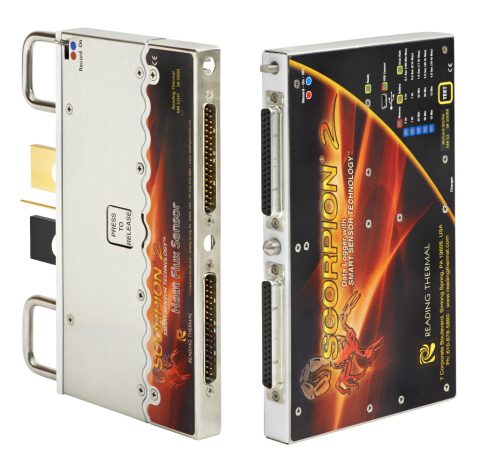Food safety is a top priority in the baking industry, and if you’re running a commercial bakery, you know how important it is to meet regulatory standards. One of the key processes that ensure your baked goods are safe for consumption is the kill step validation model. This model focuses on eliminating harmful pathogens during the baking process, protecting both consumers and your business. But what exactly is a kill step validation model, and why is it so important? Reading Thermal has the answers, as well as advanced technology to ensure your kill step validation model for bakery applications is as efficient as possible.
Understanding the Kill Step Validation Model
A kill step validation model is a scientific method used to verify that the baking process effectively eliminates harmful bacteria and pathogens, such as Salmonella. It’s essentially a safety check that confirms your baking temperatures and times are sufficient to “kill” any dangerous microorganisms. This validation is crucial because foodborne illnesses can lead to serious health risks and costly recalls.
The term “kill step” refers to the point in the baking process where the product reaches a temperature high enough to kill off harmful pathogens. For bakery products, this typically occurs during baking, where the heat destroys any bacteria present in the raw dough. However, simply assuming the oven will eliminate all risks isn’t enough; you need scientific proof, which is where the validation model comes in.
Why Kill Step Validation Matters
The importance of a kill step validation model in baking can’t be overstated. When you sell baked goods, you’re responsible for ensuring they’re safe for consumption. Without proper validation, you run the risk of producing contaminated products, which could lead to severe consequences for your customers and your business.
How the Validation Process Works
Validating a kill step involves a few key steps. First, you need to identify the critical control points in your baking process – the stages where harmful pathogens are most likely to be present. For most bakery products, this would be in the raw ingredients or dough before baking. Once you’ve identified these points, you’ll need to conduct a series of tests to measure the internal temperature of your products during the baking process.
Next, you’ll compare these temperatures against known thresholds for killing specific pathogens. For example, Salmonella is typically killed at a temperature of 165°F (74°C). Your validation model should confirm that the temperature inside your products consistently reaches this threshold for an adequate amount of time. This ensures that the baking process effectively eliminates any potential contaminants.
Benefits of Kill Step Validation
Having a validated kill step in place offers several benefits. First and foremost, it ensures the safety of your products, protecting your customers from potential foodborne illnesses. This can help you build trust with your customers and enhance your reputation for quality and safety.
Second, it provides legal protection. By following a scientifically validated process, you can show regulators and potential litigants that you’ve taken all necessary steps to ensure food safety. In the event of a food safety incident, having a validated kill step can be a critical defense.
Lastly, it helps you optimize your baking process. When you understand the exact temperatures and times required to eliminate pathogens, you can fine-tune your baking operations to be more efficient without sacrificing safety. This could potentially lead to energy savings and improved product consistency.
Learn more about how Reading Thermal technology promotes an efficient kill step validation model for bakery applications by using our online contact form or calling 610-678-5890.

